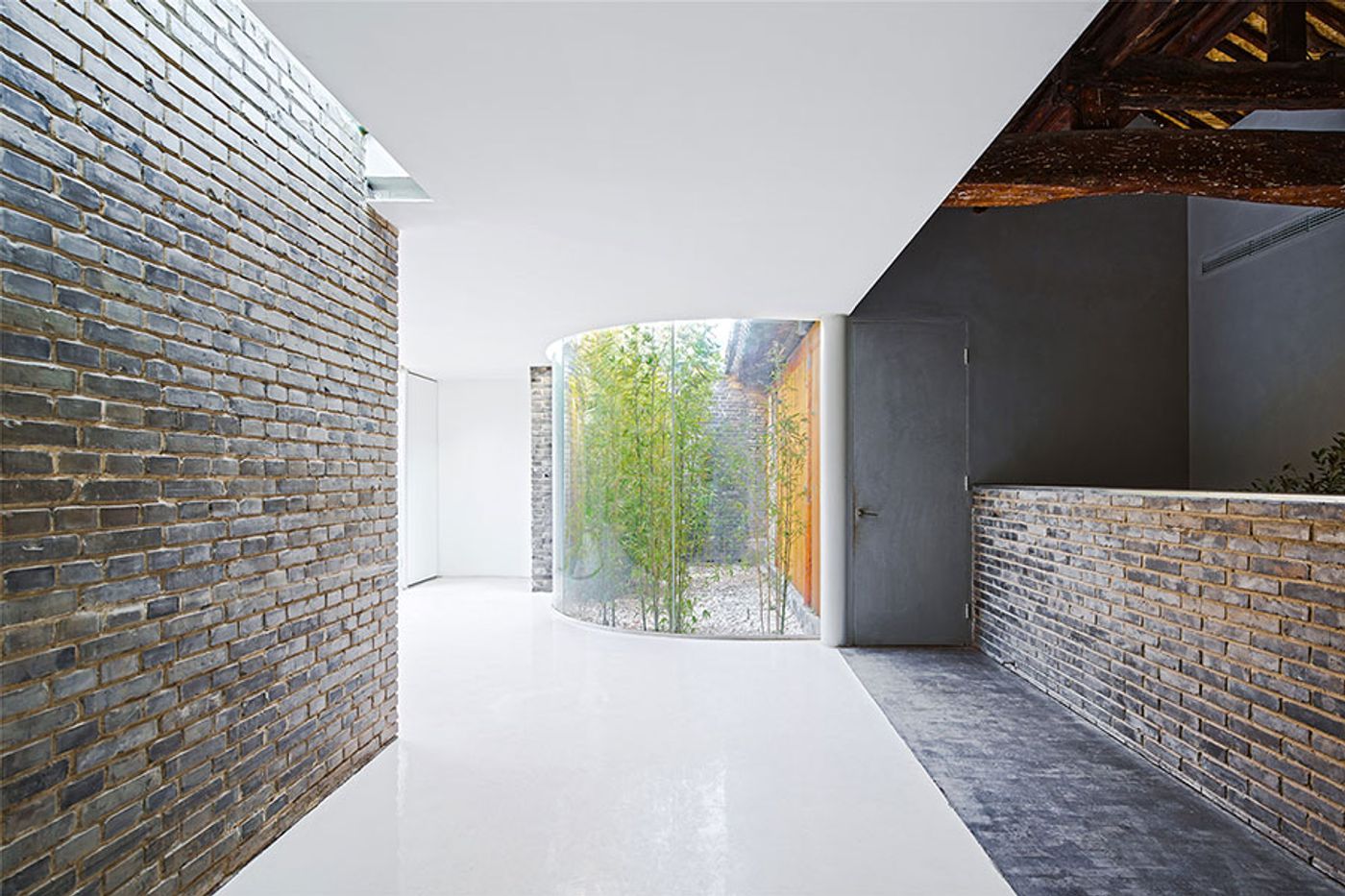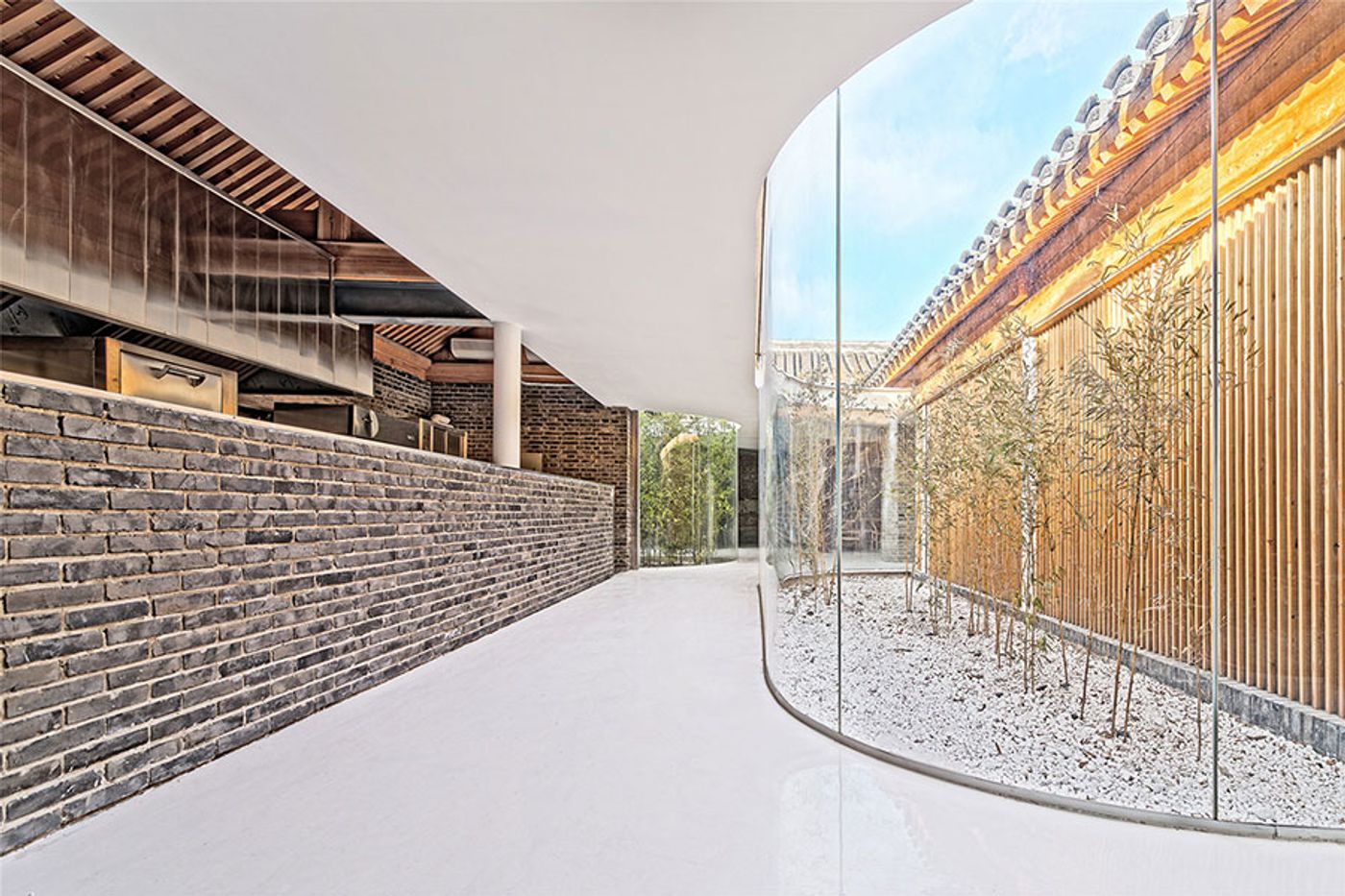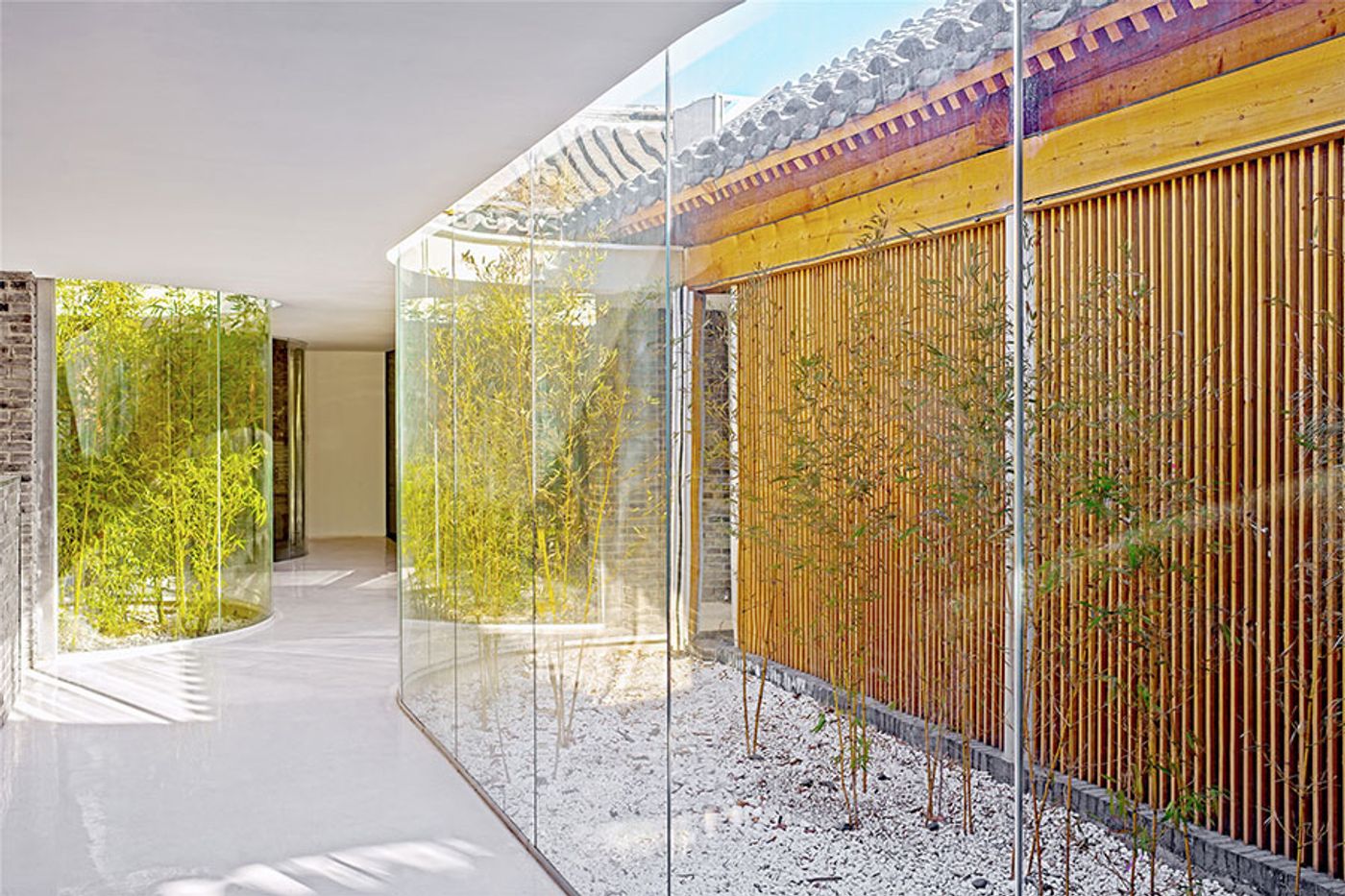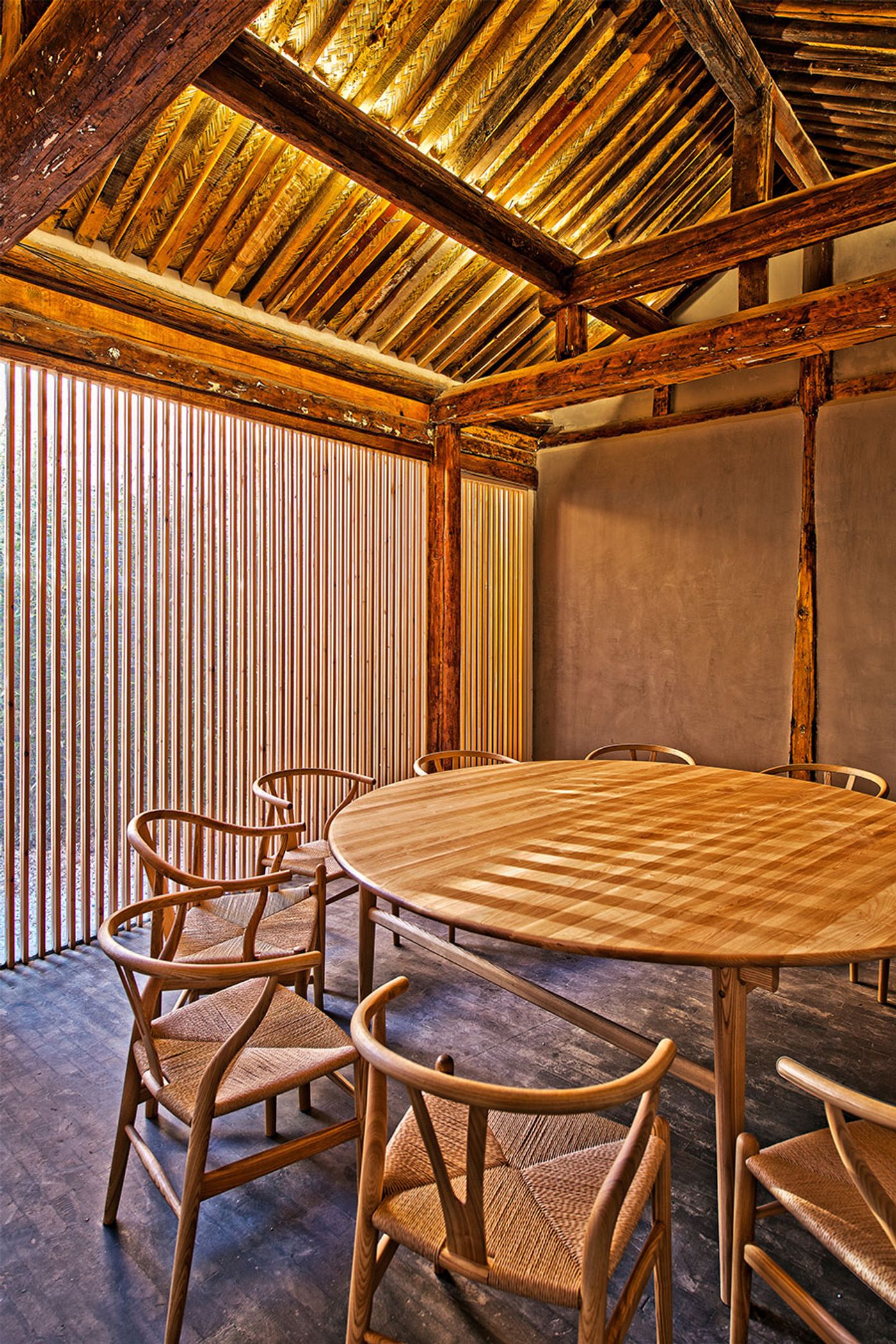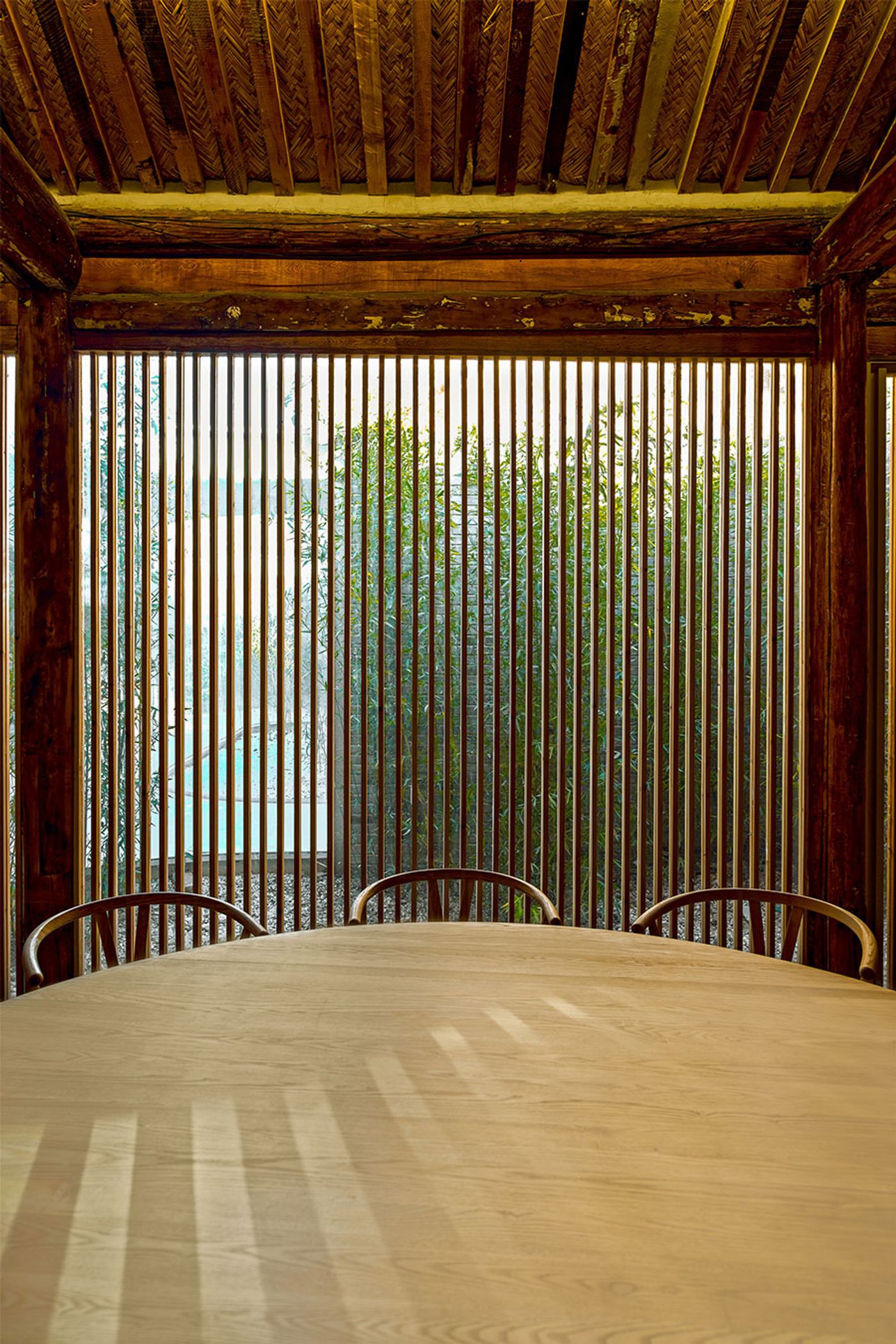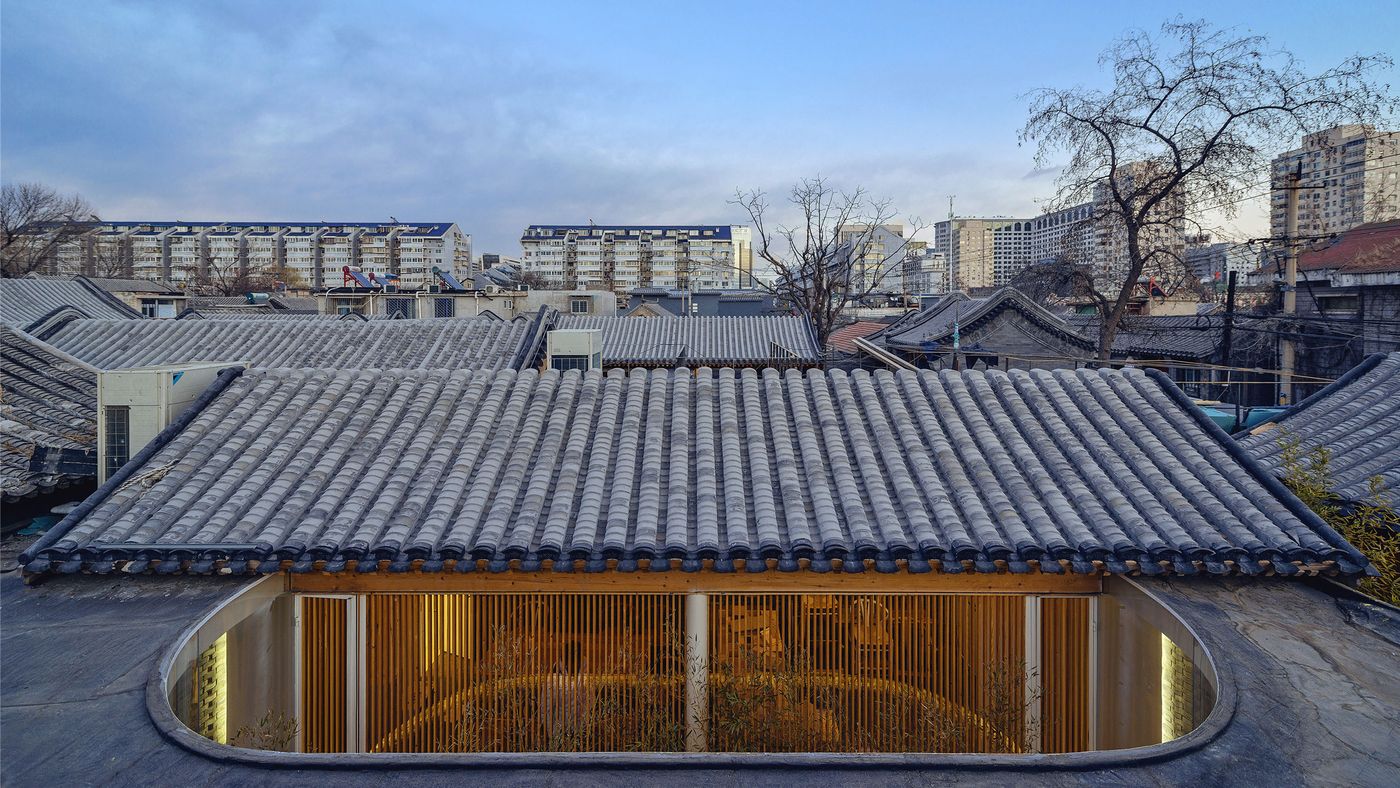
A Traditional Hutong in Beijing Reborn into a New Age Tea House
Words by Eleni Papaioannou
Location
A Traditional Hutong in Beijing Reborn into a New Age Tea House
Words by Eleni Papaioannou
Hutong, a word of Mongolian origin meaning water well, is used to describe a lane formed by the outer walls of traditional courtyard houses, usually sharing a well in the middle. Since the mid-20th century, many Beijing hutongs have been demolished in order to make way for new constructions, while others have been designated as protected areas in an attempt to preserve cultural history. Architect Han Wenqiang and his Arch Studio, worked on such an L-shaped neighborhood of a total of 450 sqm, in the Hutong region of the city’s millennium-old East District. And by the first months of 2015, they had transformed a derelict compound of buildings into a new age Tea House where patrons come to enjoy their tea, read, or even have a little dinner.
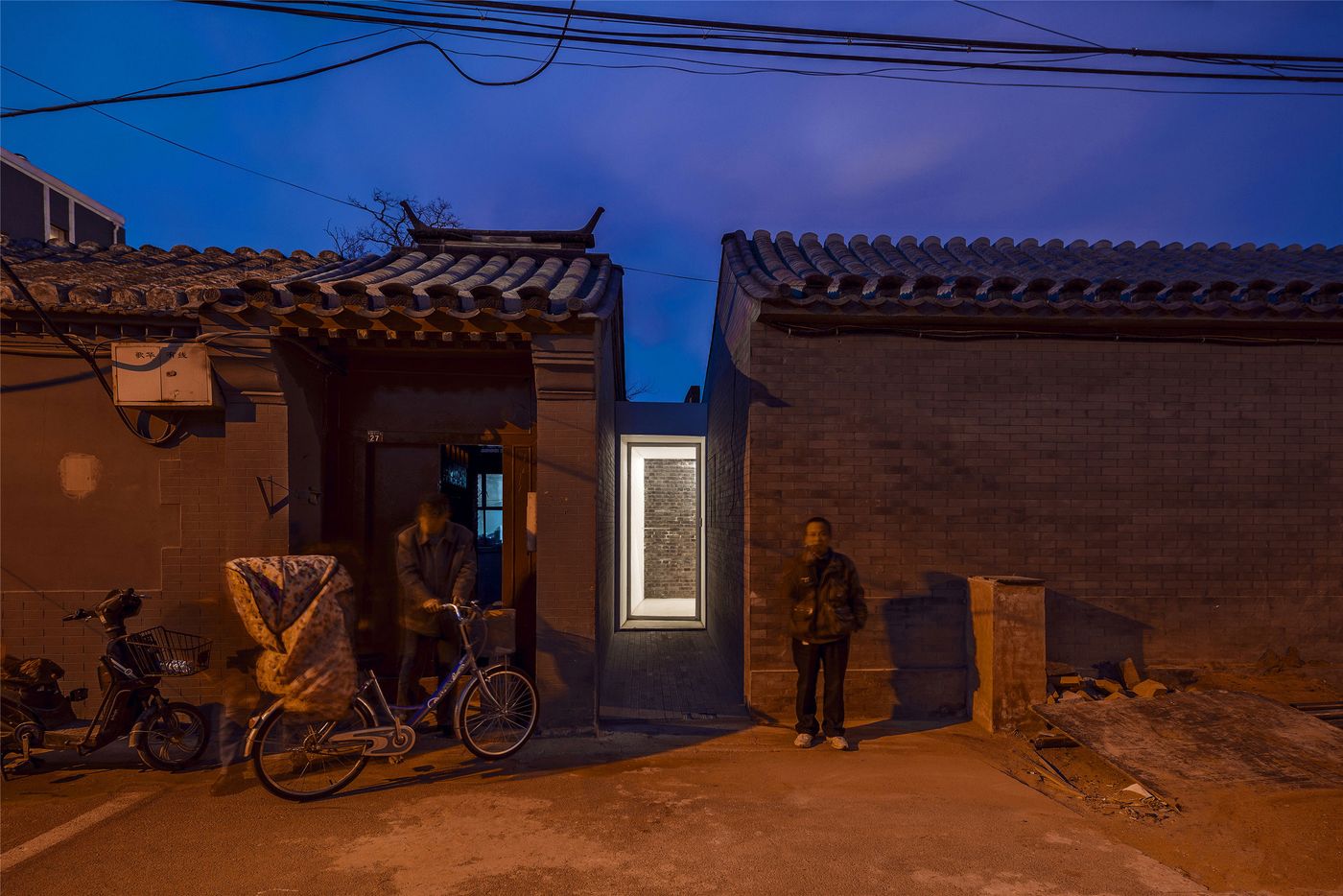
Photo © Wang Ning.
The site, as the architect found it, consisted of five residences, some of which were very poorly constucted using steel that had severely corroded over time. Others had not been remodelled since the ‘70s or ‘80s. Some, however, had kept their traditional details, as was the case with the north wing, its construction predating the Qing Dynasty, going back even before 1644. The style of the wood structure and the size of the bricks in the old building served as a chronometer that offered the re-designing team all the information they needed to carefully infuse the site with new elements, while sustaining its historical value and appearance. Repairs were selective, so, in some parts, only seriously damaged bricks were replaced. In the south wing, the rooms were given a basic style through partially reconditioning the roof and walls. As for the east and west wings, they were demolished, only to be rebuilt into a brightly coloured wood structure with a traditional styled pitched roof.
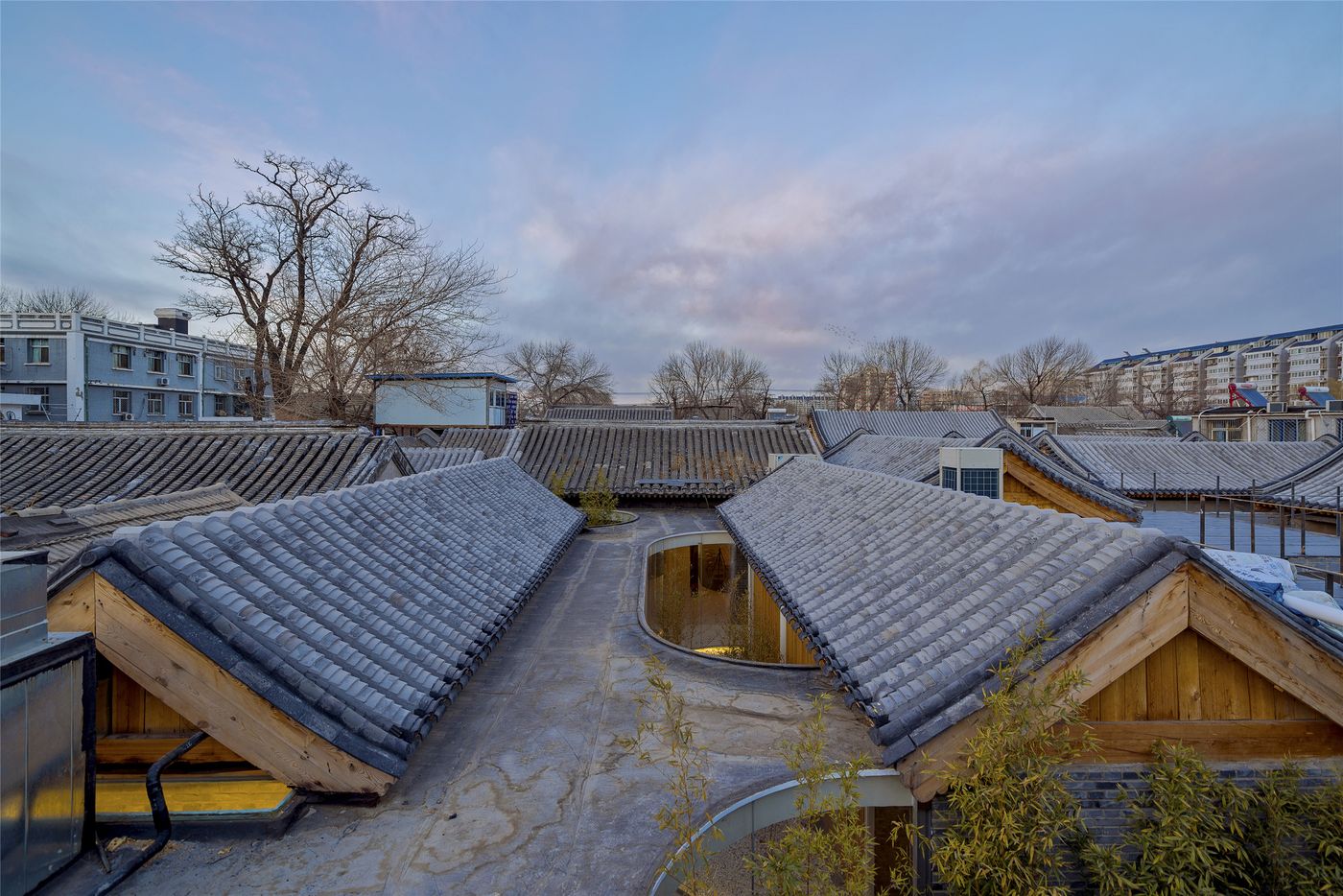
Photo © Wang Ning
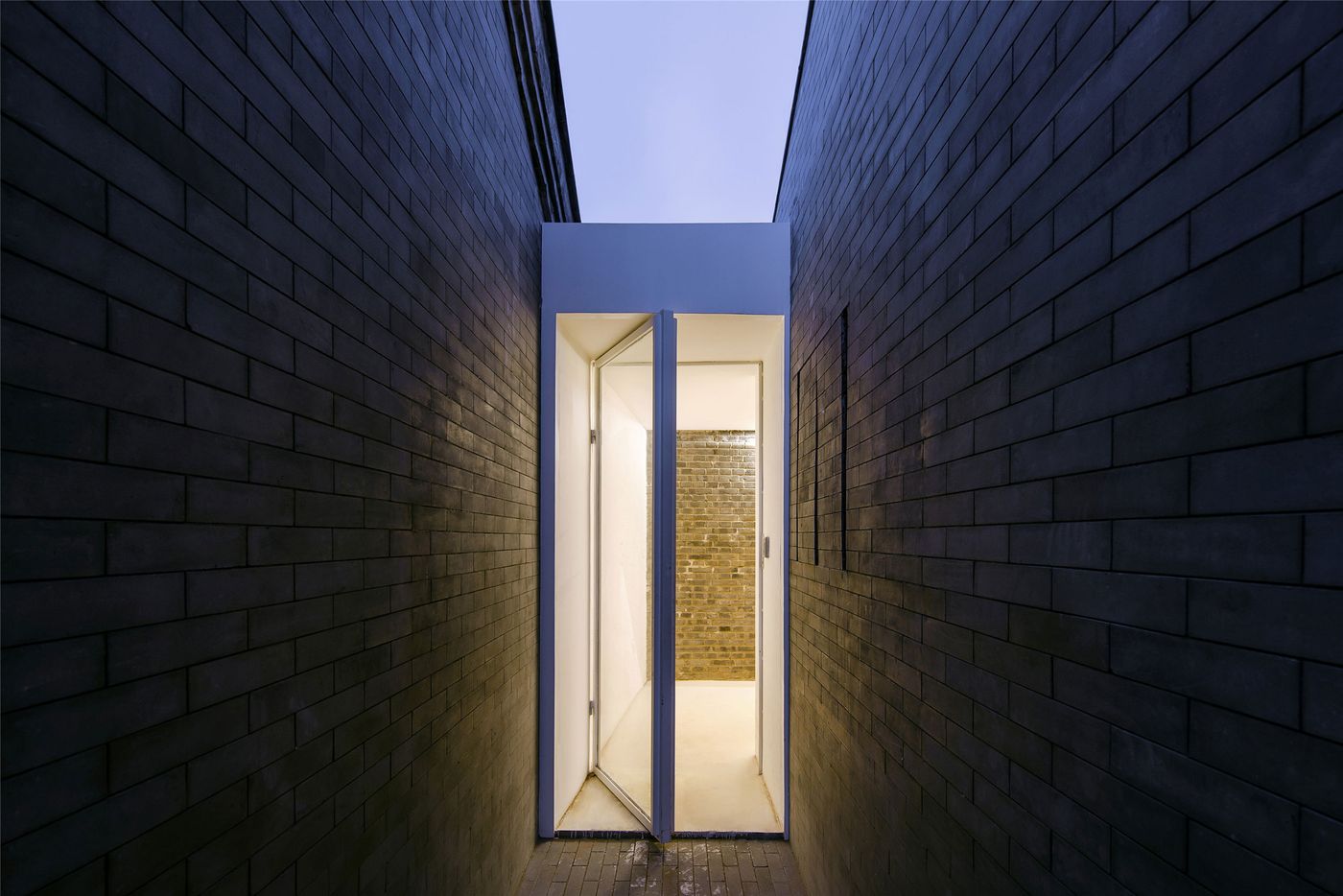
Photo © Wang Ning
One of the studio’s main concerns was to protect the site from temperature changes, by closing up the free space between the houses’ roofs, thus creating a curvy corridor on the ground which, bordered by the outside structures of the little houses, streamlines the visualized structure of the building. This beautiful gimmick became the restoration’s defining point of reference and starts with a narrow glass door, opening up to a winding passage that has transformed the former outside into a modern inside, endowing the site with a unique style, also serving as a metaphor by creating a contrast of temperament between public and private.
We can see parts of the dark aged architectural patterns scattered high and low, half inside the new site, half outside, with brilliantly placed garden patches that are visible through thick glass walls; these walls serve as a glass curtain revealing a bamboo forest scenery that intertwines with the new, bright white walls created to close up the lane. As a nod of respect to the hutong tradition of separate dwellings, the arches of the winding main corridor have also cleverly created three new courtyards, forming separate tea houses with independent backdrops, connected through the garden intervals offered by the glass curtains. As Han Wenqiang remarks: “The new life and format of the site can be seen as a catalyst to use history in order to enhance the usage of the facility”.
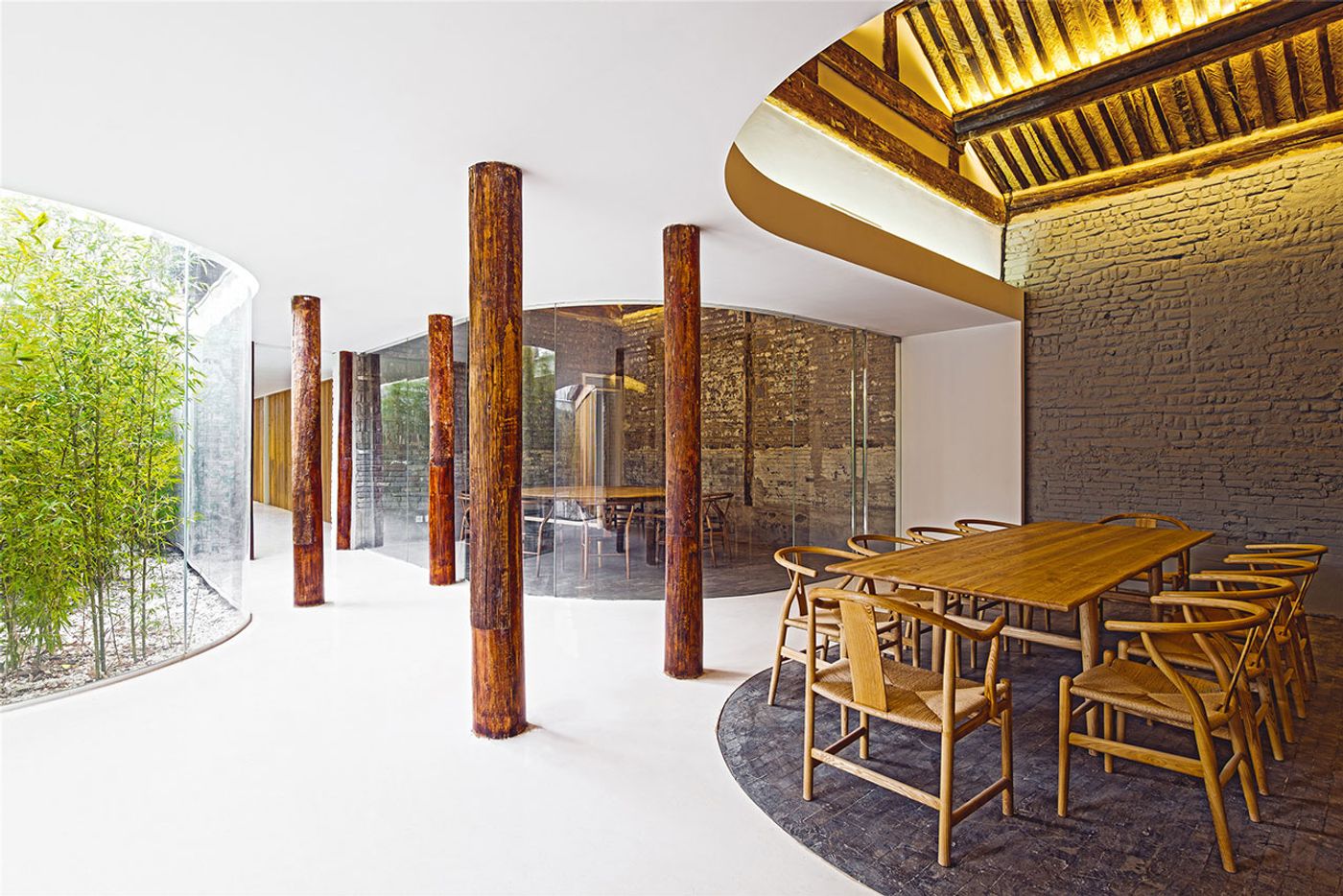
Photo © Wang Ning
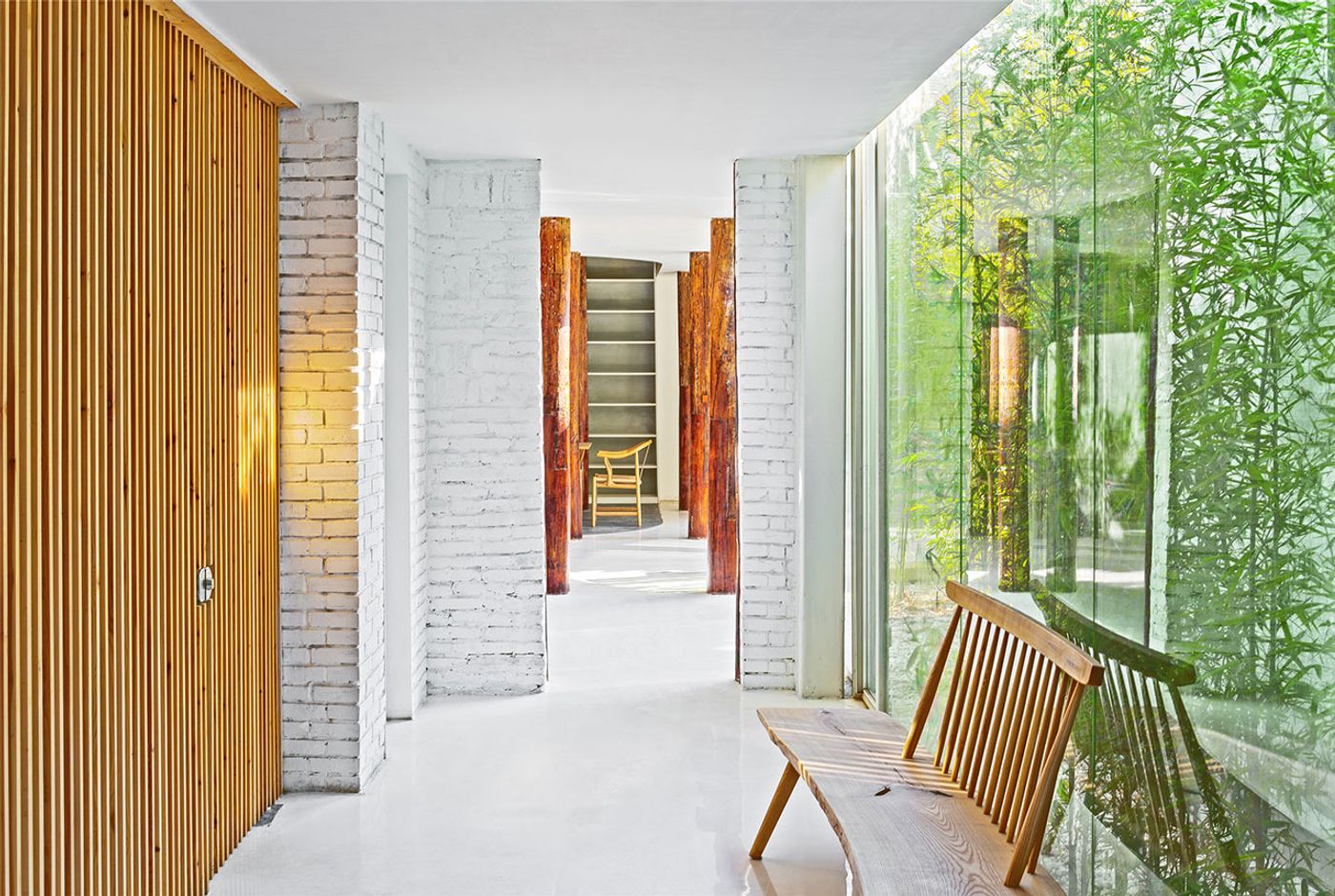
Photo © Wang Ning.

Photo © Wang Ning

Photo © Wang Ning
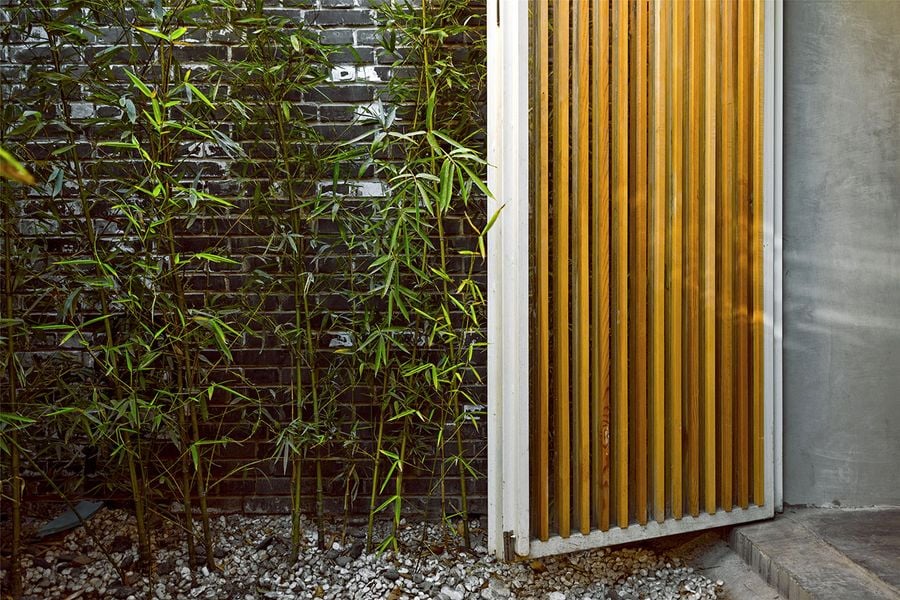
Photo © Wang Ning.
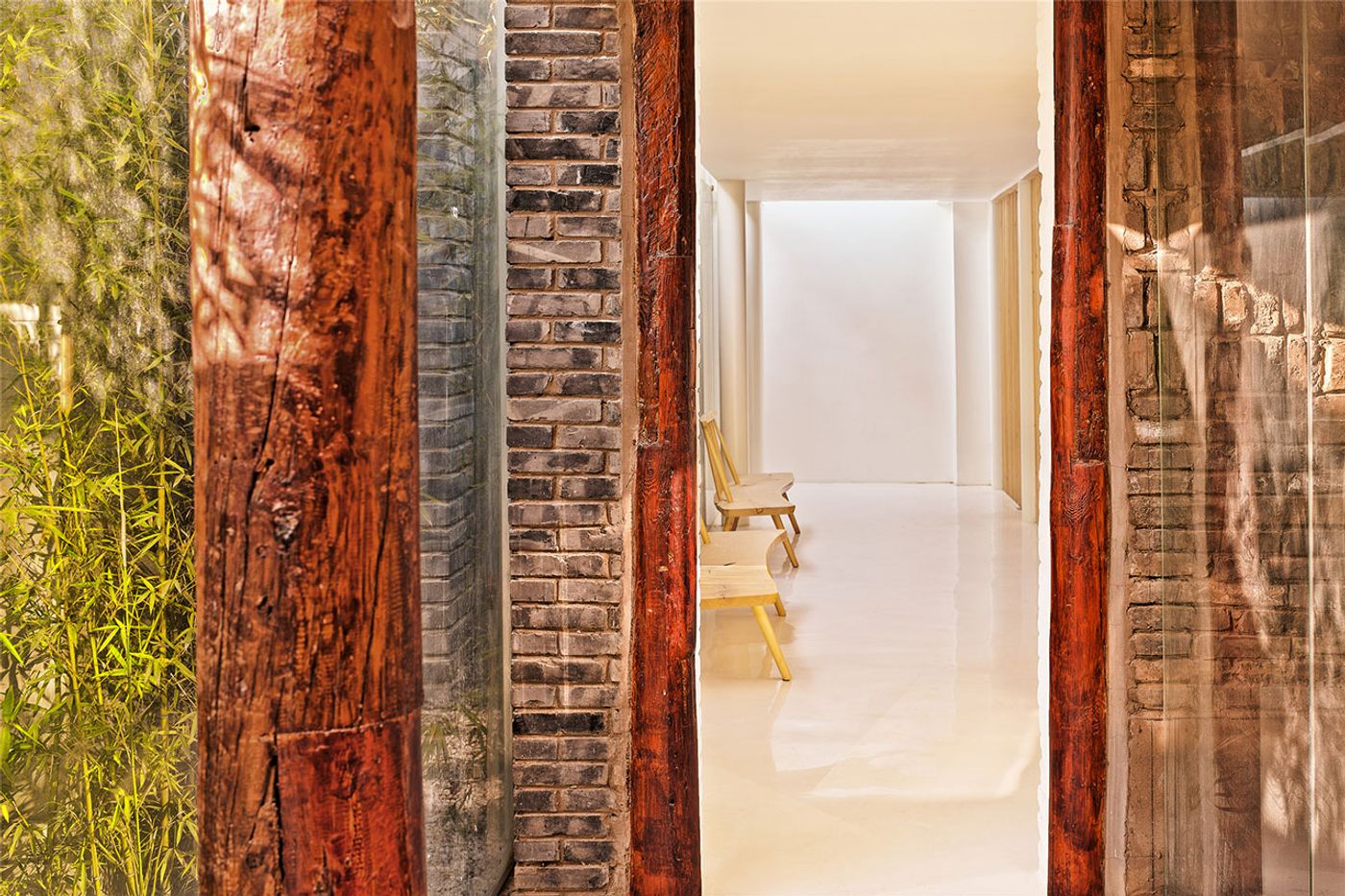
Photo © Wang Ning
